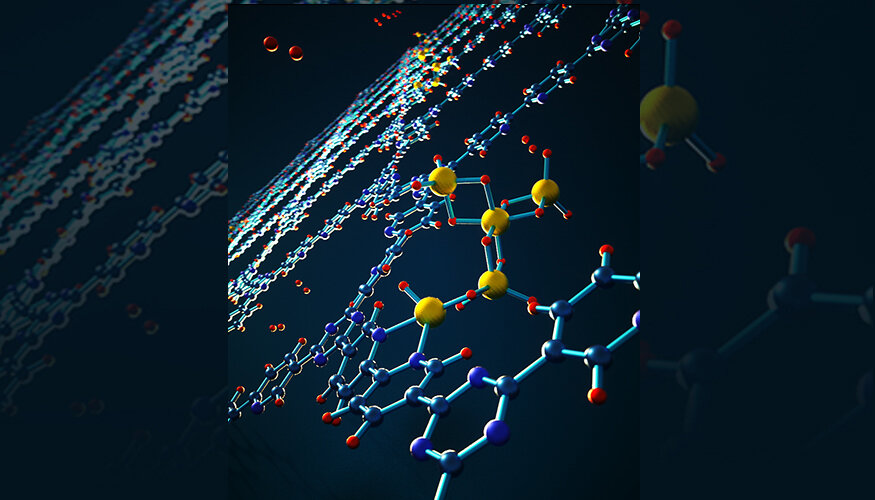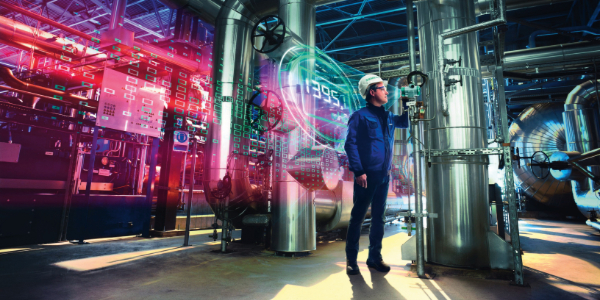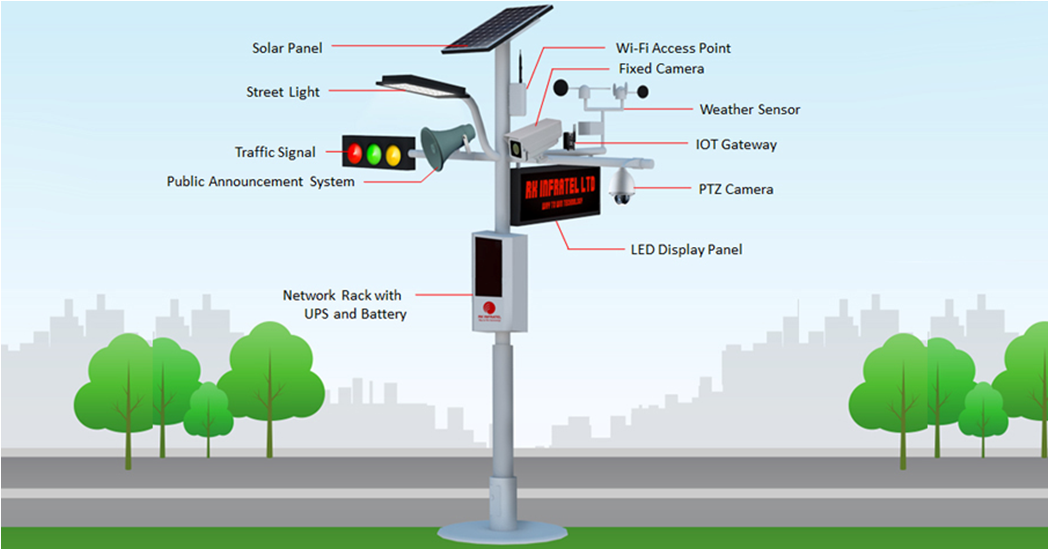Hydrogen Storage - A Disruptive Technology Innovation

Excessive expectations have been met with disappointment in the past with hydrogen technologies. Nonetheless, a rising body of research suggests that these technologies are a viable choice for deep decarbonization of global energy systems, with recent cost and performance advances pointing to economic viability. The cost of producing, transporting, and storing hydrogen has decreased dramatically. This is complemented by an increase in clean technology regulations. As a result, we predict that hydrogen technology will gain traction, particularly in the transportation and alternative energy generation sectors.
The transition to a sustainable energy economy needs an energy carrier capable of large-scale carbon-free energy transfers. Hydrogen is a sustainable energy carrier with the potential to benefit the whole energy sector. However, storing significant amounts of hydrogen is difficult. There are numerous obstacles to overcome in order to achieve a cost-effective hydrogen cycle. Hydrogen production, conversion, and processing into transportable products, transportation, and energy conversion into end-use products make up the entire hydrogen storage cycle.
Hydrogen as a clean source of energy
The high cost of production (particularly for green hydrogen) and the lack of a distribution network are two significant impediments to the adoption of hydrogen technology. Because there are no rapid fixes for this problem, technological applications will most likely be limited to industries that do not require a large number of refueling stations.
Hydrogen is now produced primarily from fossil sources. The production of hydrogen from natural gas is not a carbon-free process, as environmental activists are well aware.
However, there is a greener alternative that separates water using renewable energy and the electrolysis process. This process produces carbon-free hydrogen, which is referred to as green hydrogen.
The cost of renewables is the fundamental expense of creating green hydrogen. Fortunately, thanks to technological advancements and the decreasing cost of the electrolyzer used in electrolysis, this has been on the decline.
Green hydrogen can then be used in a variety of ways, including i) for transportation in the form of a fuel cell, ii) as a large store of energy (in comparison to batteries) in power generation, and iii) as a clean fuel source for polluting industries that use high-temperature processes, such as steel production, that burn coal. Indeed, transportation, power generation, and industry are among the world's greatest carbon emitters.
Use of hydrogen cells in trucks
Hydrogen is utilized in fuel cells to power the trains, trucks, and even passenger automobiles that you and I use on a daily basis. The majority of us are more familiar with hydrogen-powered FCEV passenger cars like the Hyundai Nexo and Toyota MIRAI. Despite this, we anticipate that trucks utilized in the logistics business will be the first to embrace FCEV technology on a large scale.
This is owing to predefined supply routes, which allow for fewer refueling stations because constructing a large infrastructure rapidly is expensive. According to the International Council on Clean Transportation, the overall cost of owning a renewable FCEV vehicle for long-haul transport can be comparable to that of a battery-electric or diesel truck with adequate planning. All of this might occur within the next ten years. However, we may not need to wait a decade because the cost isn't the sole motivator. Many companies are already conducting experiments using FCEV vehicles in order to meet environmental goals, with the goal of mass deployment within the next five years.
The potential market size of hydrogen technology
Renewable energy producers, electrolyzers, and fuel cells, we believe, will be the direct beneficiaries of this disruptive movement. Traditional oil, gas, and coal producers, on the other hand, will face falling demand. We see a large market for companies that can capitalize on this trend.
According to the Hydrogen Council, the market for hydrogen might be worth up to $2.5 trillion each year. BNEF estimated total capital investment of indirect (electrolyzers, fuel cells) and indirect (renewable energy) infrastructure of $11 trillion.
Road transport
The demand for hydrogen buses is growing in response to growing calls to reduce urban air and noise pollution. Back-to-base operations need fewer refueling stations, which are more heavily utilized, which lowers initial refueling costs. Low manufacturing volumes (so the cost gap with ICE is lower) and the necessity for improved lifetime and energy density are three important differences for heavy-duty transport. Fuel cell buses are expected to have a lifetime of 25 000 hours, compared to only 8000 hours for passenger automobiles, according to the US Department of Energy. Battery technologies are expected to remain inadequate outside of urban contexts due to increased vehicle weight and driving range.
Fuel Cell Buses
Buses powered by hydrogen fuel cells Fuel cell buses, in particular, have gotten a lot of attention and are rather mature, according to the Technology Readiness Level (TRL). On-board tanks typically house roughly 40 kg of hydrogen under the bus roof, which can be stored at 350 bar due to space constraints, lowering tank, and compression expenses. By 2030, fuel cell buses may have a 10–20 percent higher total cost of ownership (TCO) than diesel buses, but if adopted at scale, they may be cheaper.
With 7 million kilometers of operational experience in Europe, fuel cell buses have had a significant early deployment. Before the Tokyo 2020 Olympic Games, Toyota plans to introduce over 100 fuel cell buses. With 300 fuel cell buses planned for Foshan City, China has the world's largest bus market (quadrupling the global fleet of hydrogen-powered buses). Shenzhen City, for example, has electrified its entire fleet of approximately 16000 buses using BEVs.
Trucks
Trucks have a lot of potential for fuel cell adoption because of their large energy demand and lack of low-emission alternatives. Long-haul heavy vehicles that require high utilization are likely to require hydrogen. Light goods vehicles with short low-speed excursions might be managed with batteries and range-extender cars; however, long-haul heavy vehicles that require high utilization are likely to require hydrogen. Despite this, battery competition is growing, with the Tesla Semi slated to offer a 300–500 mile range for under $200,000. Fuel cell vehicles could achieve cost parity with other low-carbon solutions with relatively low manufacturing quantities.
Because the HGV sector is highly cost-sensitive, with limited government backing or involvement, and highly conservative, with haulers fearful of being pioneers, FCEV trucks have seen lesser adoption than buses. However, Anheuser-Busch InBev (a global beverage corporation) just placed an order for 800 FCEV trucks to be in service by 2020. As diesel trucks are prohibited from major city centers, interest may grow.
Motorbikes
In many areas, two-wheeled vehicles are the primary mode of passenger transportation. In collaboration with Suzuki, Intelligent Energy has developed a 4 kW fuel cell system48 that is currently being tested in the United Kingdom. 100 Because of their minimal fuel use, they may be refueled with hydrogen canisters obtained from vending machines. FCEV motorcycles could help meet air quality and noise pollution goals.
Conclusion
Since the oil shocks of the 1970s, hydrogen has been in and out of favor, and it remains a marginal energy system alternative. However, mainstream products are starting to appear: Honda, Toyota, and Hyundai have released the first mass-produced hydrogen fuel cell vehicles, and fuel cells already provide heat to 225 000 homes. Companies that were among the first to market, particularly in Japan, are beginning to find attractive export potential.
With the ability to offer heat, transportation, and power system services, hydrogen can play a significant role alongside electricity in a low-carbon economy. It lacks the essential requirement for immediate supply-demand balancing, allowing for additional pathways to deeper decarbonization by providing low-carbon flexibility and storage. The multiple hydrogen production, distribution, and consumption pathways involve complicated trade-offs between cost, emissions, scalability, and purity and pressure requirements; yet, they offer a diverse range of possibilities that can be used based on local circumstances (e.g. renewable energy or suitable sites for CO2 sequestration).










